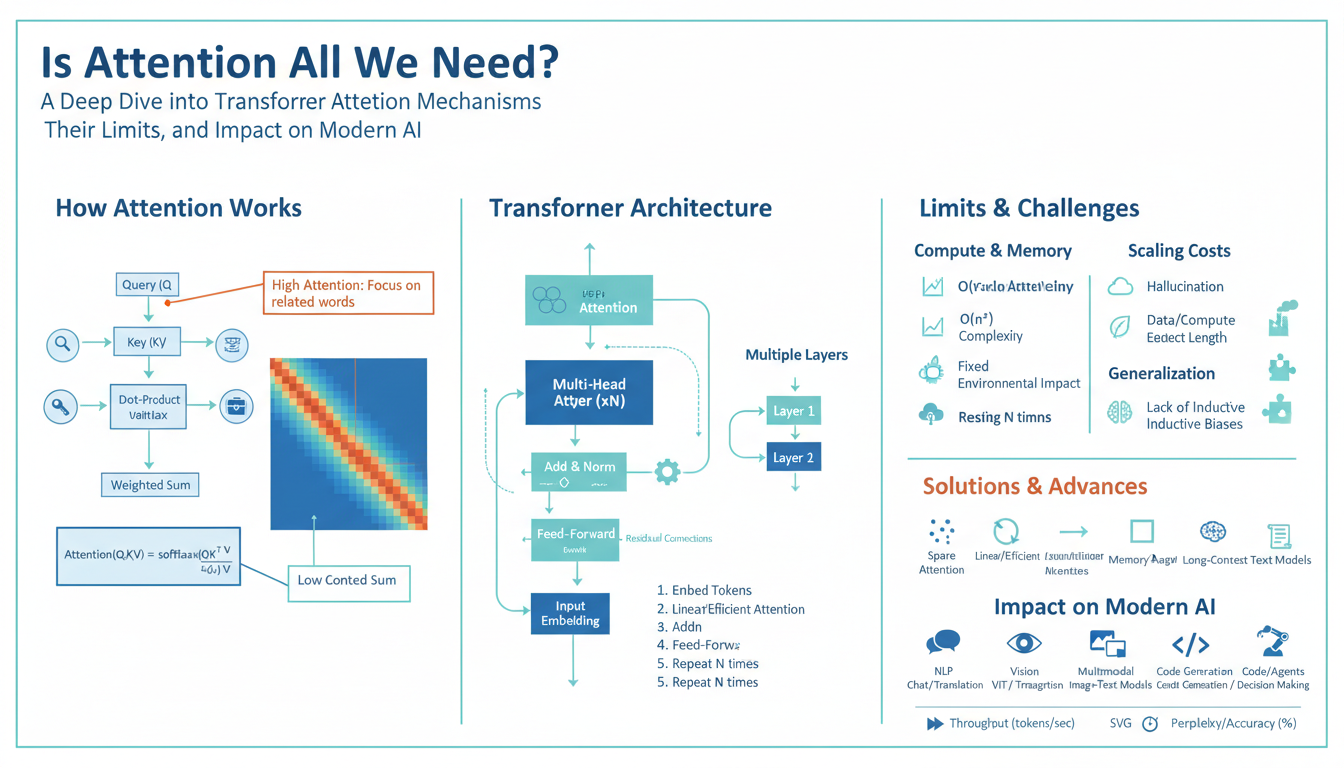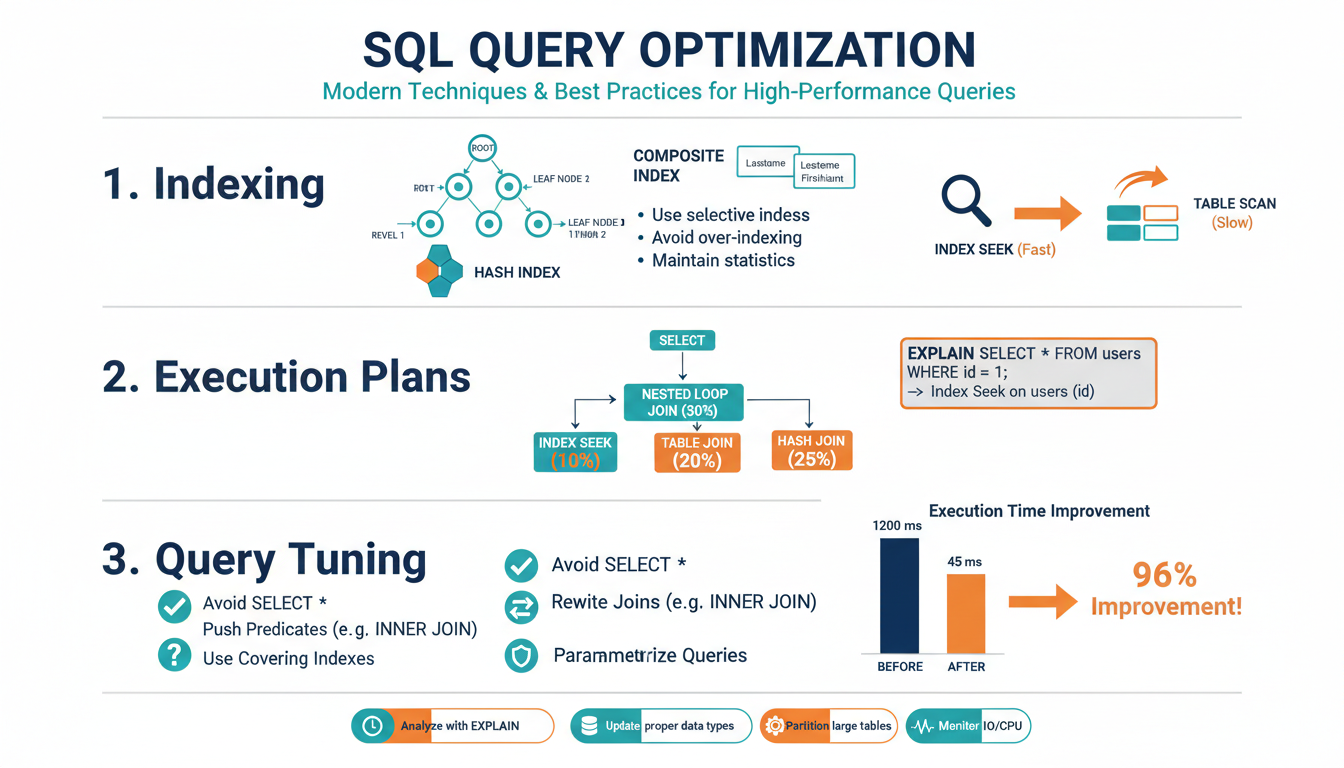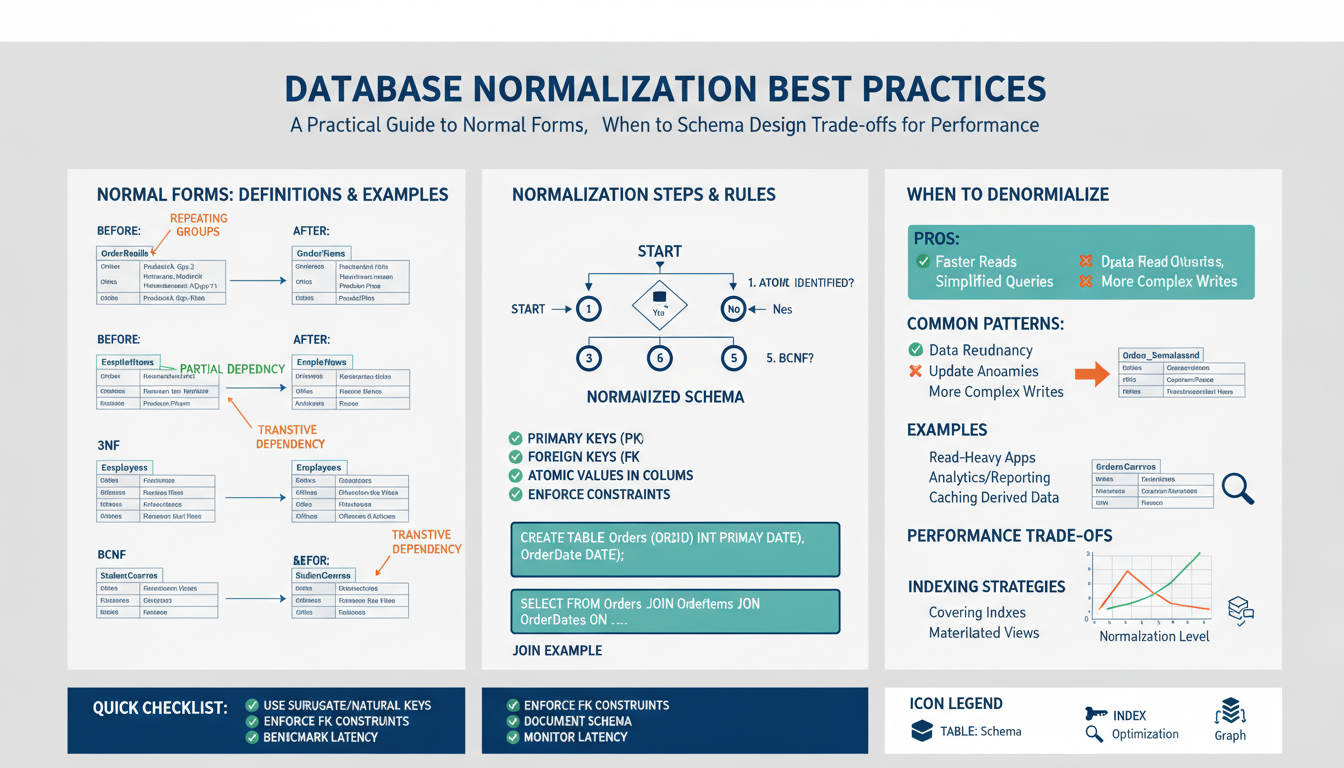Reinforcement Learning from Human Feedback (RLHF)

Reinforcement Learning from Human Feedback (RLHF) is a technique used to improve1 the performance and alignment of AI systems, particularly large language models (LLMs), with human preferences and values. It’s a method to fine-tune AI models using human feedback to ensure their outputs are more aligned with what humans expect and value.
Reinforcement Learning (RL) Basics
To understand RLHF, it’s helpful to understand the core concepts of Reinforcement Learning (RL):
- State Space: All relevant information for the AI agent’s decisions.
- Action Space: The possible decisions the AI agent can make. For text generation, this is the entire vocabulary of the LLM.
- Reward Function: The measure of success that motivates the AI agent. Designing this can be challenging for complex tasks.
- Constraints: Penalties for undesirable actions.
- Policy: The strategy guiding the AI agent’s behavior. The goal of RL is to optimize this policy for maximum reward.
Why RLHF?
Conventional RL struggles with complex tasks where defining a clear reward function is difficult. RLHF uses human feedback to capture nuance and subjectivity.
How RLHF Works (in the context of LLMs)
RLHF typically involves four phases:
- Pre-trained Model: RLHF builds upon existing pre-trained models.
- Supervised Fine-tuning: Human experts provide labeled examples to train the model to respond appropriately to different prompts.
- Reward Model Training: A reward model is trained using direct feedback from human evaluators to predict how much a user would reward or penalize a text output. This often involves comparing different model outputs and using ranking systems.
- Policy Optimization: An algorithm is used to update the AI agent’s policy based on the reward model, while limiting drastic changes to avoid generating nonsensical outputs.
Limitations of RLHF
- Gathering human input can be expensive and create scalability bottlenecks.
- Human feedback is subjective, making it difficult to establish a firm consensus on high-quality output.
- There’s a risk of adversarial input.
- RLHF can lead to overfitting and bias if the human feedback comes from a narrow demographic.
Reinforcement Learning from AI Feedback (RLAIF)
RLAIF is a potential future direction where AI models evaluate responses, which could help overcome some limitations of RLHF.
Conclusion
Despite its limitations, RLHF is currently a popular and effective method for improving the behavior and performance of AI models, making them more aligned with human desires.



